There’s a reason why people say that home is where the heart is. It’s a place where you can relax and be yourself, without having to worry about what other people think. But sometimes, even our homes aren’t safe from invasion. If you’re concerned that your house may be bugged, here are some tips to help you find out for sure.
Warning Signs That You Have Been Bugged
1. Private conversations that have been exposed
Should your confidential talks be exposed to someone else, it is nearly certain that your home has been bugged.
2. Unexplained noises coming from appliances
If you hear strange clicking or buzzing sounds coming from electronics such as TVs, radios, or computers, this could be a sign of eavesdropping devices in your home. [1]
3. Abnormal behavior of electronic devices
Electronic devices might start acting oddly or displaying unusual signs and symptoms like slow performance, resetting without reason etc., these are potential signs that someone has planted bugs in your home.

4. Low cell phone battery life
Your cell phone battery may lose power faster than usual due to the presence of listening devices nearby which disrupts signals and drains battery.
5. Unusual activity around the house
If you notice any suspicious people or vehicles near your home, it may be an indication that someone is attempting to bug your home.
6. Unexplained increase in utility bills
Surveillance devices like listening devices and cameras consume electricity, so if you are noticing an unexplained increase in your utility bill, it could mean someone has bugged your house with surveillance equipment. [2]

7. Check for a break-in
If you see any signs of a break-in, like broken locks or windows, that could mean someone has installed bugs in your house.
8. Strange holes in devices
Look for any strange holes in your devices, as these could be places where someone has installed bugs.
9. Unusual odors
If you can smell a faint chemical odor coming from anywhere in your house, it may indicate that something is amiss and someone could have planted bugs inside your home.
What Are Listening Bugs And Wiretaps?
A listening bug, or “bug” for short, is a surveillance device used to covertly listen in on conversations. They are most commonly found as small microphones that have been hidden inside of objects like walls and furniture. A wiretap is a recorder or transmitter which has been connected to the phone line of a building to capture the audio from any calls made from the line.
Finding Listening Devices
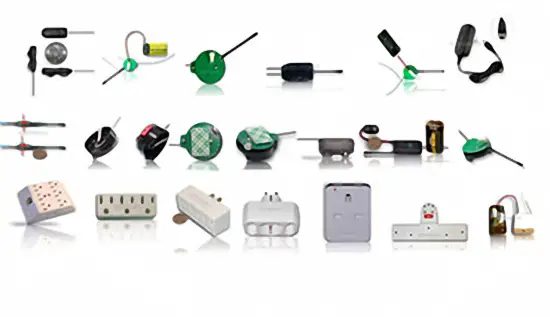
It can be difficult to detect listening devices in your home. Generally, these devices are very small and have been designed to be hidden from view. However, if you suspect that your home may have been bugged, there are a few things you can do to help identify any potential listening devices.
Firstly, scan your house for any obvious signs of tampering or strange items that don’t belong. Listening devices are often placed near phone lines and electrical outlets, so pay particular attention to these areas.
Check common areas such as the kitchen or living room where conversations might take place, as well as bedrooms and private offices where confidential information might be discussed. Look closely behind pictures on walls, under furniture, and behind appliances.
If you find any items that appear to be out of place, such as a strange object or wire, take the time to investigate it further. Remember that listening devices are usually very small and may be difficult to spot with the naked eye, so look closely and use your best judgment.
You can also try using a device known as a “bug detector” which can detect radio frequency signals emitted by listening devices. These are available online or in some electronics stores, although their reliability is not always guaranteed.
Lastly, remember that if your home has been bugged without your knowledge or permission, this is likely illegal in most countries. If you believe someone has planted listening devices in your home without proper authorization, contact the police for advice and assistance.
In conclusion, it can be difficult to tell if your home is bugged or not. However, by being vigilant and taking the time to look for any unusual items or signs of tampering, you may be able to identify any potential listening devices in your home. If you believe that someone has planted listening devices without authorization, seek legal advice as soon as possible. [3]
What Does A Listening Device Look Like?
Listening devices can come in many shapes and sizes. They can be as small as a shirt button or hidden in a common household object such as a clock, wall outlet, smoke detector, lamp, or phone. If you suspect that your house is bugged, it’s important to take the time to search for any suspicious items. When searching for listening devices look for anything out of place.
You can also use a special bug-sweeping device to detect hidden devices. These devices are designed to detect any transmitting frequencies in the area, which can help you pinpoint exactly where the listening device is located. However, these devices can be expensive and require a trained specialist to use them correctly. [4]
How Do I Detect A Hidden Video Camera In My Home?
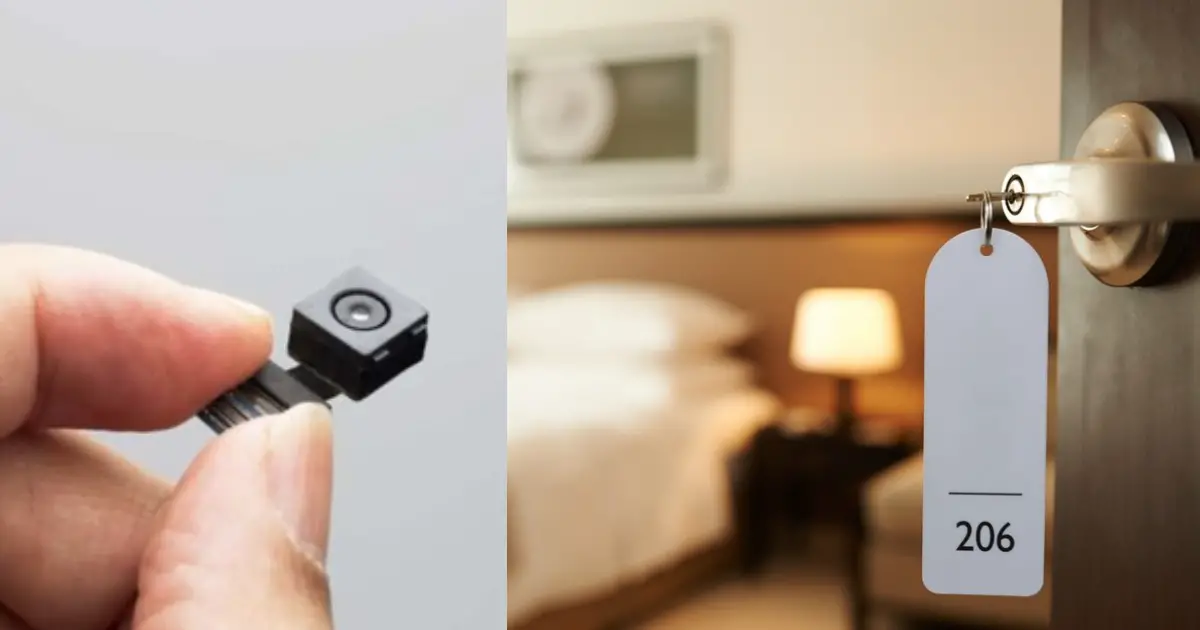
Turn Off The Lights
One of the easiest ways to detect a hidden camera is to turn off all the lights in your house, and look around for any tiny flashes of red or green light. Cameras may be tucked away in ceilings, walls or furniture, so you should use an impromptu flashlight (or even your cell phone) to scan your living areas thoroughly. If you suspect that a camera may have been installed in a specific area, take time to examine it closely.
Check For Wires
Hidden cameras are typically powered by connecting wires to an electrical outlet or other power source. You should check behind furniture and along baseboards and crown molding for any suspicious-looking wires. Additionally, if you notice anything out of the ordinary—like an extra socket cover or a plug that doesn’t fit into any appliance—there could be a camera lurking behind it.
Use A Radio Frequency Detector
If you’re not sure whether your house has been bugged, you can purchase a radio frequency detector to help identify any rogue electronic signals in the area. Once activated, the detector will alert you if it senses anything broadcasting on frequencies used by cameras or voice recorders. This is an inexpensive way to ensure that your home is free from hidden devices. [5]
Check For Hidden Microphones
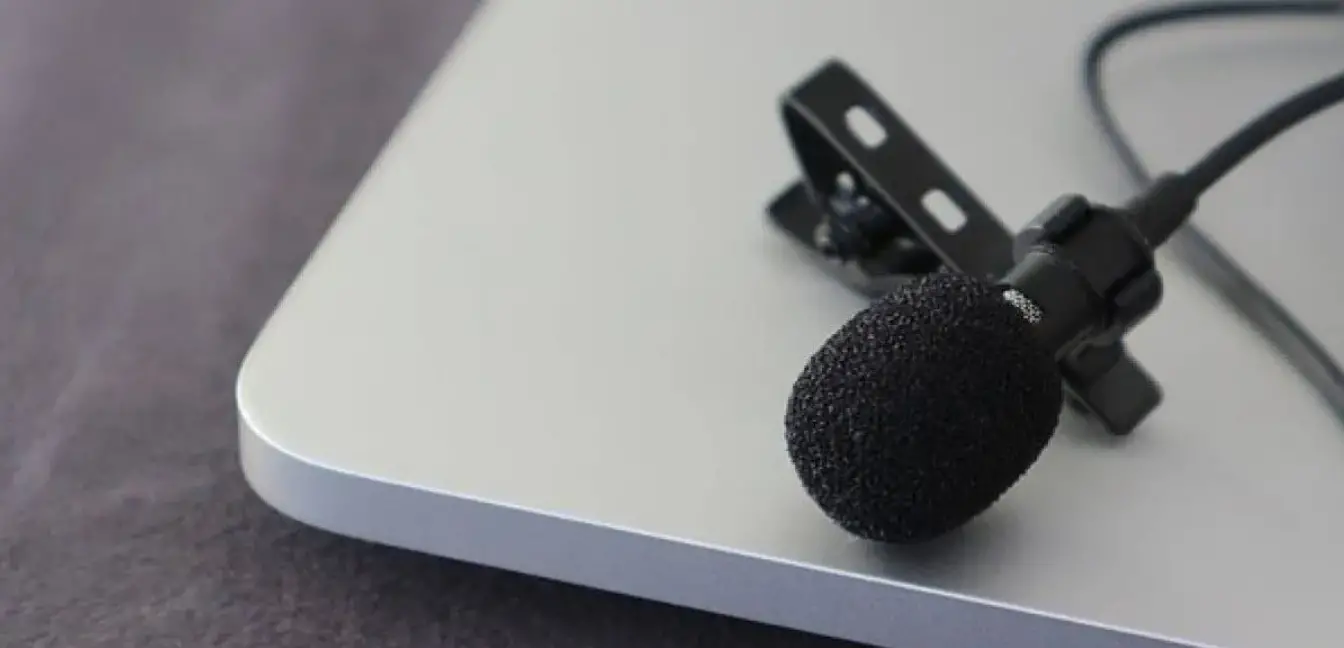
Although modern cameras are often equipped with built-in microphones for audio recording, some surveillance systems use separate mics for higher quality audio capture. To detect these bugs, it’s important to look out for any suspicious-looking devices that may have been installed in your home.
Additionally, you should use a radio frequency detector to pick up any hidden signals coming from the microphone.
Avoid Disclosing Sensitive Information
If you suspect that your house has been bugged, it’s important to avoid disclosing any confidential or sensitive information. Even if you can’t pinpoint the exact location of the bug, talking about sensitive topics in an unsecured environment should be avoided at all costs.
Take Professional Help
Finally, if you are unable to find any hidden cameras in your home, it may be a good idea to take the help of a professional security expert. They will have the right tools and experience to detect and remove any suspicious devices from your home quickly and safely. Additionally, they can also provide advice on how best to secure your living space in future.
Listen Carefully
If you suspect your house is bugged, then it’s important to listen carefully for any unusual noises. These could be signs that an audio recorder is present in the area, so pay attention to any weird clicking sounds or low humming. Additionally, some bugs may even emit a slight static sound when they are switched on or off by their operators.
Review Your Security Practices
Finally, if you discover that your house has been bugged, take time to review all of your security practices and make sure that no suspicious individuals have access to your living space. Consider changing locks on doors and windows, as well as investing in motion detectors or other home security systems to ensure greater protection in future. [6]
How Do I Find A Spy Device In My Car?

If you suspect that your car may be bugged, there are a few steps you can take to check.
- Look for anything unusual: Check around the inside of the car and look for any devices out of place – this could include wires or other objects hidden in the dashboard, seats, or door panels. Pay particular attention to the interior headliner, as well as under the hood and trunk area. You should also inspect all compartments within your car such as glove boxes and center consoles.
- Listen for unusual sounds: If someone has placed a bug in your vehicle, it likely has an audio device attached which produces a sound when activated by a remote signal from its operator’s transmitter. If you can’t locate a physical device, take the time to sit in your car and listen for any unusual sounds.
- Use a bug detector: If you have access to one, use a bug detector or RF (radio frequency) detection device to scan for radio frequencies that may indicate the presence of bugging devices. There are also apps available that can detect any suspicious signals coming from within your vehicle.
- Have it professionally checked: If you want added assurance that your car doesn’t contain any hidden bugs, contact an expert who specializes in finding them and has experience using specialized equipment such as signal detectors and other scanners. They will be able to pinpoint any bugs quickly and safely remove them without damaging your vehicle.
By taking the proper steps to detect any eavesdropping devices in your car, you can ensure that your conversations remain private and secure. If you suspect something is out of place, it’s best to take action right away before the situation escalates. With a little effort, you can make sure that your vehicle remains free from any unwanted bugging devices.
Does the Law Allow Bugging Someone?
The law around bugging someone’s property is incredibly complex, and it depends on the state. In general, however, it is illegal to electronically eavesdrop on someone without their knowledge or consent. It is also unlawful to intercept or record any type of communication (including oral) between two or more people unless one person has given informed consent. If you believe your home is being bugged, it is important to contact a lawyer who can advise you on the legal ramifications and how best to proceed.
In addition to laws that prohibit electronic bugging without consent, many states have laws that make it illegal for an individual or business to use a device “for the purpose of overhearing conversations without the consent of at least one party to the conversation”. Generally, it is illegal for a person to install or use any type of device that records sound without the knowledge and consent of everyone involved in the conversation.
If you suspect your home is being bugged, it can be difficult to determine if this is indeed occurring. It is important to contact an expert who can assess the situation and inform you of your legal rights with regard to electronic eavesdropping and wiretapping laws.
Additionally, it is important to keep in mind that just because a device has been used does not necessarily mean that it was done illegally; there could be other explanations or possibilities at play.
FAQ
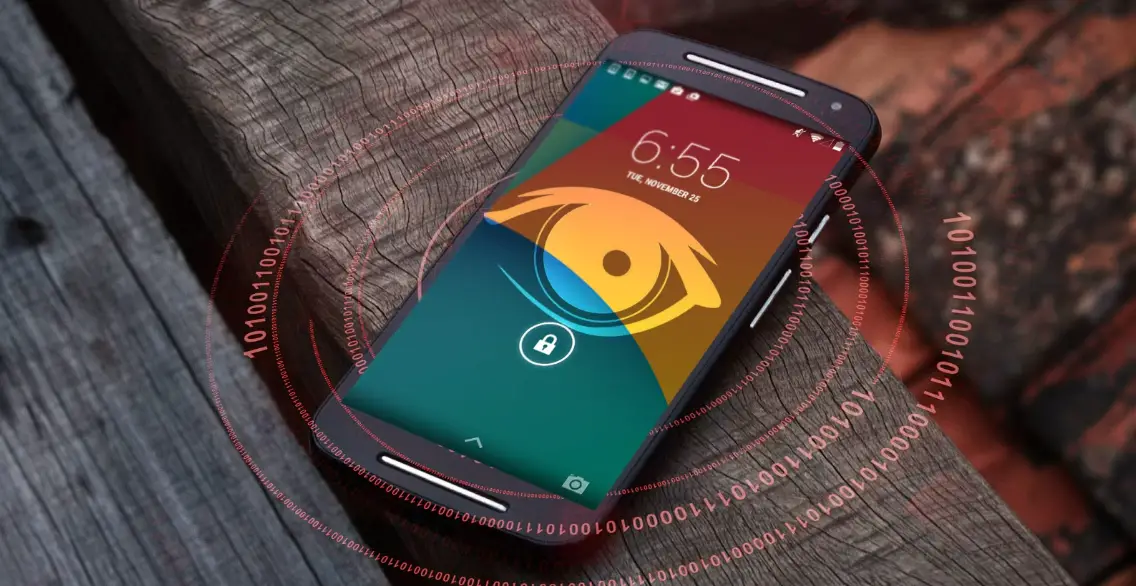
How can I tell if there is a listening device in my house?
A listening device is designed to be undetectable and difficult to find. However, there are a few signs that may indicate the presence of a bug in your home.
- Unusual electrical interference: Bugging devices can cause interference with televisions, radios, phones, and other electronic devices in the home. If you notice static or other strange noises coming from electronics in your house, it could be an indication that someone has placed a bugging device nearby.
- Other suspicious activity: If you have recently been under surveillance or believe that your conversations have been recorded or monitored without your knowledge, it may be worth checking for bugs throughout your house. Pay attention to any unusual patterns of behavior by family members or strangers in your neighborhood.
- Physical signs: Look for strange wires or cables running from the wall to a suspiciously placed device in your home. Also, listen for any strange clicking or buzzing noises that could indicate the presence of a bugging device.
- Professional help: If you suspect that your house may be bugged and want to make sure it is secure, contact a professional bug-sweeping company to inspect your home. They can use specialized equipment to detect any listening devices that may have been planted in or around your property.
By following these steps, you can determine if someone has installed a bug in your home and take the necessary measures to protect yourself and your family’s privacy.
How do I block a listening device?
In order to block a bugging device, it is important to understand how the device works. Bugging devices use radio frequencies to transmit conversations or other audio signals in a room. To prevent these transmissions from being picked up by outsiders, it is necessary to block or jam the radio signals that are emitted by the bug. The most effective way of blocking a listening device is to use an RF jammer.
These devices can be used to create interference on multiple channels at once which will render any bugs useless and prevent them from transmitting information outside of your home.
It is important to note that RF jammers are only legal for personal use in certain countries so make sure you check the laws before purchasing one. Another option would be to purchase a Faraday cage.
These are metal cages lined with conductive materials that can block radio signals from entering or leaving the structure.
Is my house being spied on?
It’s a question that no one wants to ask, but if you’re concerned that your home might be bugged, there are certain signs to look for.One of the most common signs is strange patterns of interference with electronic devices, such as television and radio reception, phone lines or internet connections. If your TV suddenly goes on the fritz despite being in good working order before, it could be a sign that someone has planted a device in your home to monitor activities.
Other potential signs include lights flickering on and off at odd times or hearing strange sounds coming from walls or other parts of the house.If you notice any of these signs in your home, take immediate action by contacting law enforcement and/or an electronic security company to investigate further. It’s better to be safe than sorry and the peace of mind that comes from knowing your home is secure is worth the effort.
What are signs of someone being a spy?
There are several signs that may indicate that someone may be a spy. These include:
- They have an unusual knowledge of the area they have been assigned to investigate or operate in.
- They do not engage in normal social activities with the people around them, such as attending events or joining groups.
- They often ask odd questions about security protocols, surveillance systems and other items which could suggest they are involved in espionage or intelligence gathering activities.
- Their behavior changes significantly when asked certain types of questions or when approached by law enforcement officers or suspicious individuals.
- They take extra measures to protect their personal possessions, such as using encryption software on their computers or keeping their car or home under constant surveillance.
- They frequently change their phone number, email address and other contact information without explanation.
- They are often seen meeting with people who may have connections to foreign intelligence agencies or criminal organizations.
- Their conversations may be guarded and they might become invasive when asked certain questions about their activities or whereabouts.
- They might show an unnatural interest in the activities of government officials, military personnel or other influential individuals in the area where they are operating.
- They may be found carrying sophisticated recording devices which could suggest that they are involved in espionage activities.
It is important to remember that these signs do not necessarily mean someone is a spy, but they could be indicative of suspicious behavior. If you notice any of these signs in a person, it is best to contact local law enforcement authorities and let them investigate further.
How can I detect a spy camera?
One way to detect a spy camera is to look for any unexplained wires or strange objects that may be hidden in your home. Other signs of a camera include an object that looks out of place, such as an air freshener, clock, smoke detector, stuffed animal, or picture frame with no visible lens but can still be used to hide a camera. You should also examine places like behind furniture and electronics (such as TVs) where someone could potentially hide a recording device. If you suspect the presence of a spy camera, try using a flashlight and looking closely around suspicious areas.
How do police bug a house?
Police can bug a house in a variety of ways. A common method is to plant a concealed microphone or camera inside the home. This type of bugging device is often called a “bugging” device. It’s typically placed in an inconspicuous area, such as under furniture, inside walls, behind pictures or paintings, etc. It’s important to note that police are not allowed to bug people’s homes without permission or a court order; however they may use other methods such as audio surveillance from outside of the home to look for evidence of illegal activities. Other types of bugs include motion detectors and infrared cameras that can detect sound and movement from within the home as well. Some bugs are even capable of recording conversations from multiple rooms in the house.
What do hidden microphones look like?
Hidden microphones can be very small, often no larger than a thumbnail or watch battery. They may have a pinhole in the middle for transmitting sound or an LED light that indicates when it’s active or recording. Other types of bugging devices are more discreet and look similar to everyday items such as clocks, radios, books, etc.
Useful Video: Is your home/hotel room/changing room bugged? Find out easily and cheaply
Conclusion
Identifying if your house is bugged can be difficult and time-consuming. It’s important to conduct a thorough inspection of the property, including looking for suspicious wires, hidden cameras, and unexpected recording devices. If all else fails, hiring a bug sweep or private investigator may be worth considering to ensure that your home is free from any potential spying. This will provide greater peace of mind knowing that you are the only one who has access to the information in your home. Despite these precautions, it’s also important to remain aware of your surroundings and take steps to protect yourself from unwarranted surveillance as well. By keeping an eye out for signs that may indicate a possible security breach in your home or workplace, you can help ensure that you and your family are safe.
It’s important to note that even if you think your house is not bugged, it’s always important to stay vigilant and take steps to protect yourself from potential breaches in security. This includes being mindful of the conversations and activities taking place within your home, avoiding saying anything incriminating in public spaces, using encryption on sensitive documents or emails, and changing passwords regularly.
References
- https://asginvestigations.com/corporate/signs-of-being-bugged/
- https://spycentre.com/blogs/news/how-to-tell-if-your-house-is-bugged
- https://www.spyguy.com/a/blog/how-to-tell-if-your-house-car-are-bugged
- https://thewiredshopper.com/what-does-a-listening-bug-look-like/
- https://homeguides.sfgate.com/how-to-detect-listening-devices-at-home-13418995.html
- https://www.kaspersky.co.uk/blog/how-to-find-spy-cameras/23963/






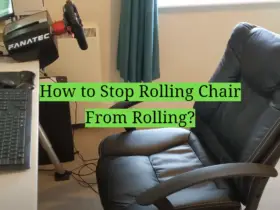



Leave a Reply